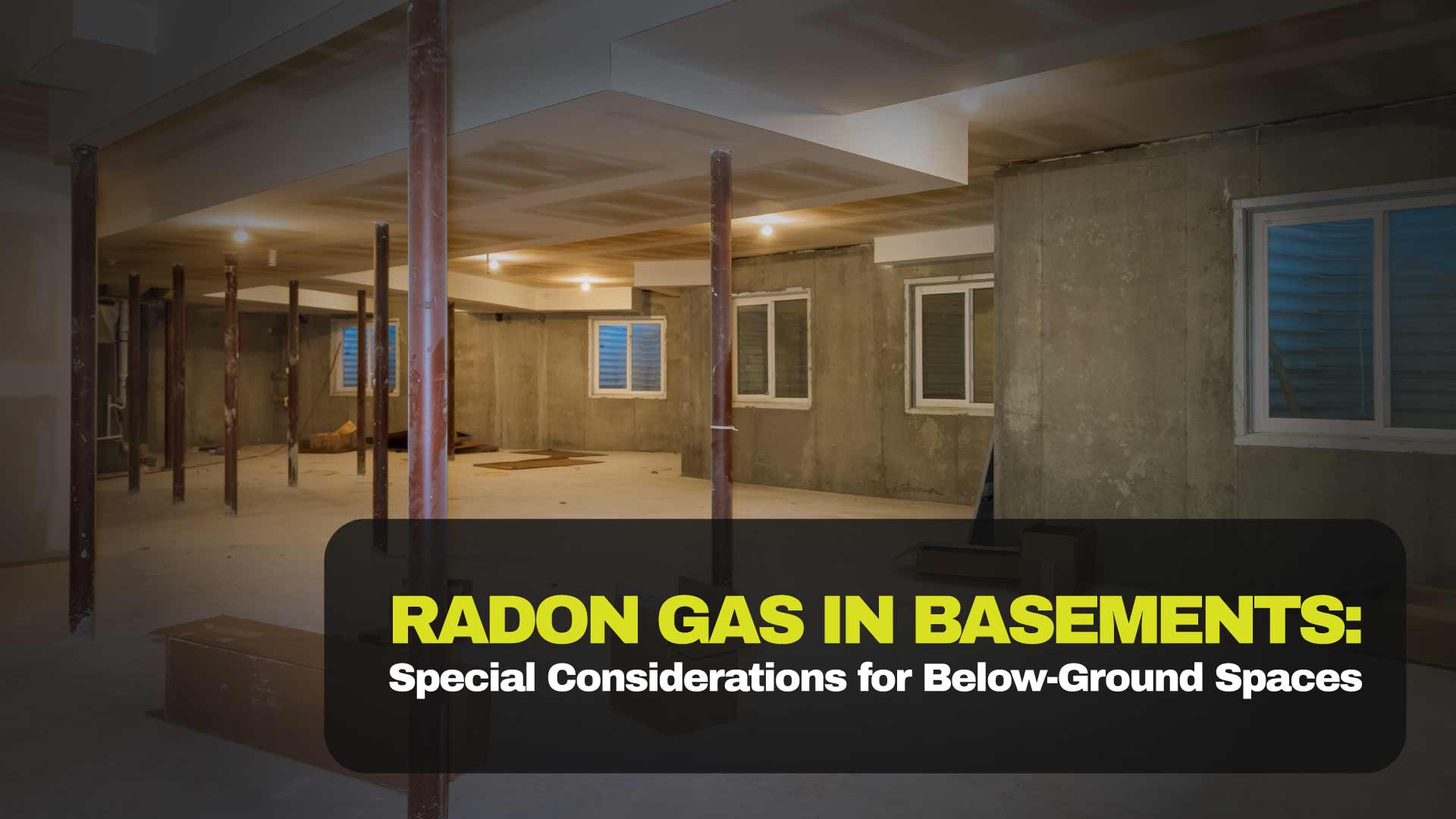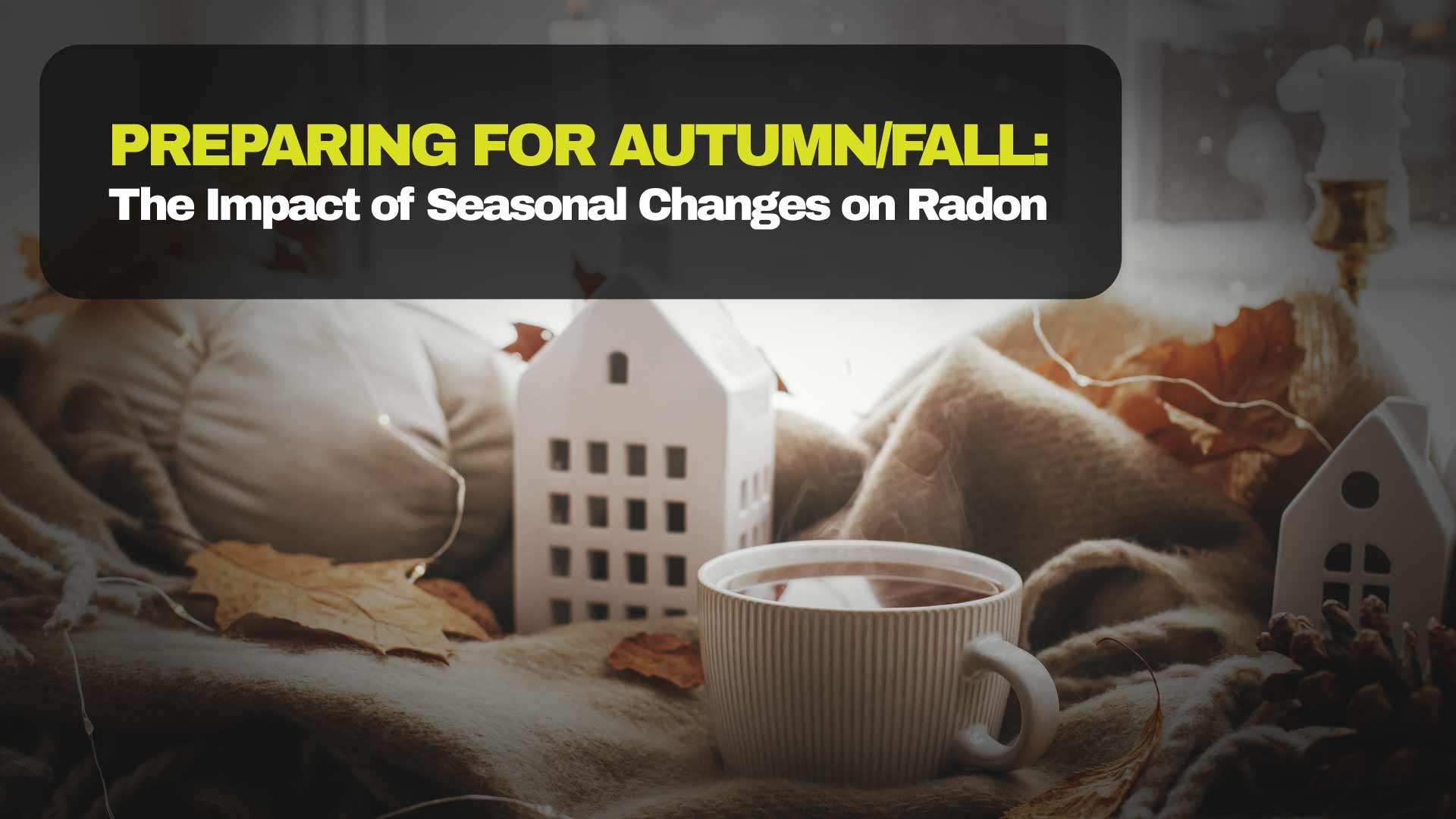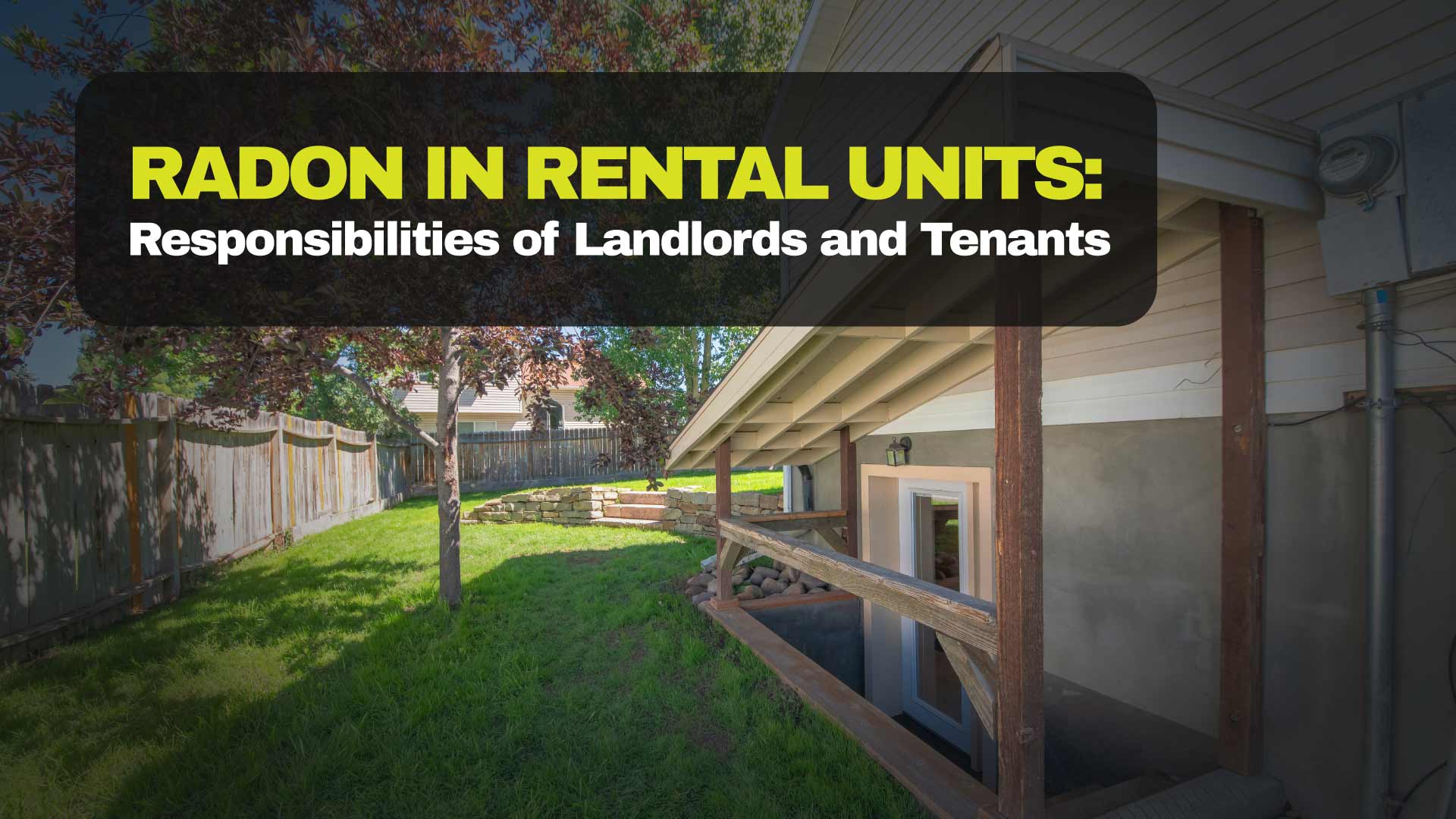Summary
Basements are one of the most common entry points for radon gas in Ontario homes. Learn why below-ground spaces are especially vulnerable, what factors increase the risk, and how to manage radon effectively to keep your home safe.
Why Basements Are More Susceptible to Radon
Basements sit directly against the soil, where radon naturally forms from the breakdown of uranium in rocks and soil. This positioning makes them particularly vulnerable. Cracks in the foundation, unfinished floors, sump pits, and utility penetrations create direct pathways for radon to seep into the space.
Furthermore, unlike upper levels of the home, basements often have limited ventilation, which allows radon to accumulate at higher concentrations. Families that use their basements as living areas, playrooms, or bedrooms may face prolonged exposure without even realizing it.
Common Radon Entry Points in Basements
1. Cracks in Concrete Floors and Walls
Even small hairline cracks can provide radon a pathway indoors. As concrete settles over time, new gaps can form, making older homes more at risk.
2. Sump Pits and Floor Drains
Sump pits connect directly to the soil beneath the home. If unsealed, they become a major entry point for radon gas.
3. Utility Openings
Areas where plumbing, wiring, or ductwork pass through the foundation often leave gaps that radon can exploit
Radon Levels in Finished vs. Unfinished Basements
Many homeowners assume that finishing their basement reduces radon risks. While finishing may cover cracks, it does not eliminate radon entry—in fact, it can sometimes make things worse by trapping gas inside. Whether your basement is finished, partially finished, or unfinished, radon testing is essential.
If you’re in the process of finishing your basement, or planning on it, now is the best time to test for radon and install a mitigation system if needed.
How to Manage Radon Risks in Basements
Test Regularly
Health Canada recommends testing all frequently used basement spaces, especially if they’re used as living or sleeping areas. Long-term tests (90+ days) provide the most accurate readings.
Seal Entry Points
Sealing cracks, sump lids, and other openings can reduce radon entry but should be combined with more comprehensive mitigation.
Install a Radon Mitigation System
The most effective solution is a sub-slab depressurization system, which safely vents radon gas from beneath the foundation to the outside. Installed by a C-NRPP-certified professional, these systems typically reduce radon levels by over 90%.
Protecting Your Family in Below-Ground Spaces
Basements offer valuable living space in Ontario homes, but they also present the highest risk for radon exposure. By being proactive—testing, sealing, and mitigating—you can ensure that your below-ground spaces are as safe as the rest of your home.







